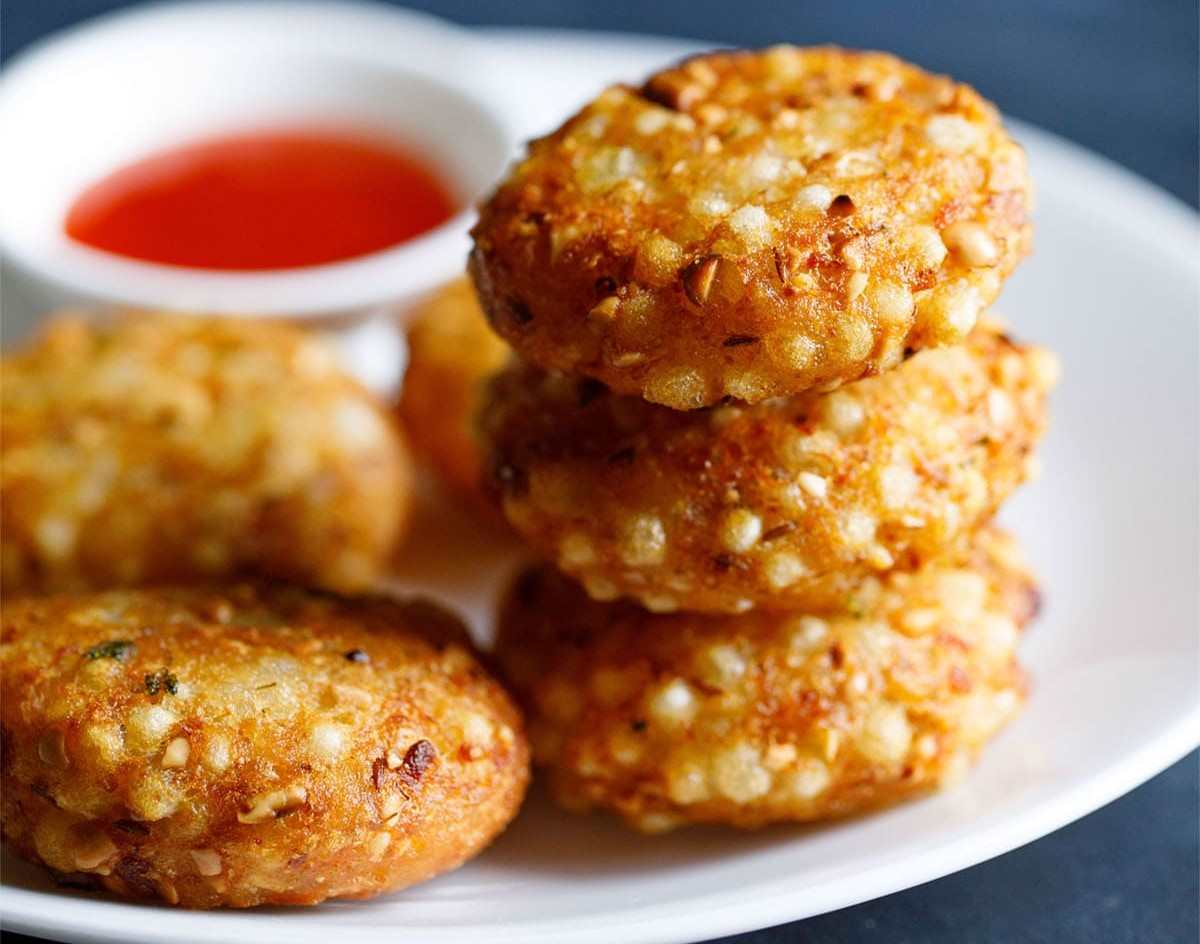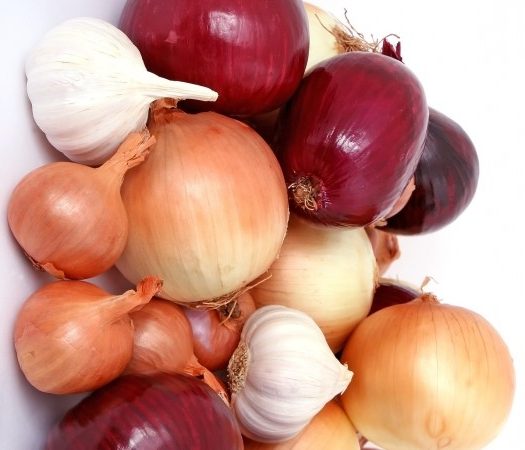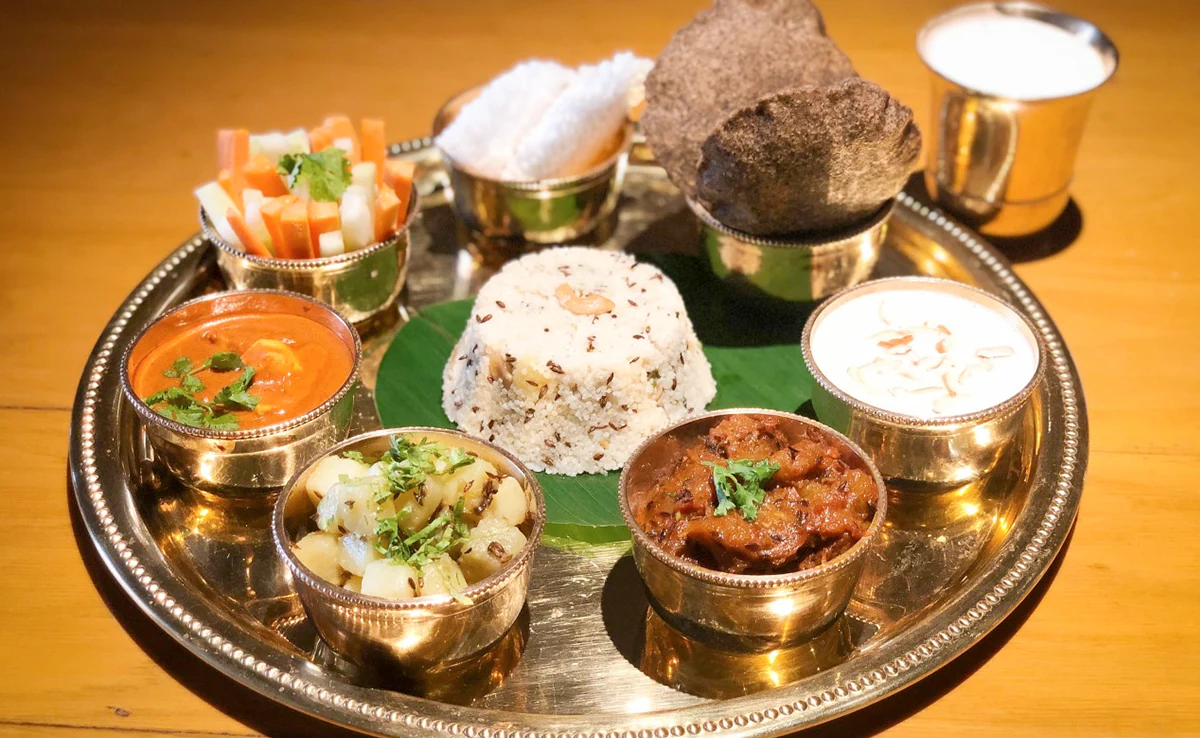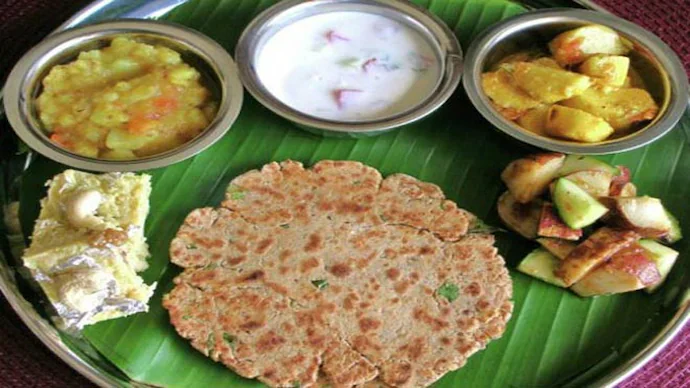People in India fast for religious and cultural reasons, observing specific days like festivals (Navaratri, Karva Chauth), days dedicated to certain deities (Mondays for Shiva, Tuesdays for Hanuman), and lunar cycles (Ekadashi, full moon days). Fasting periods can also be part of broader traditions like the month of Shravana.
Many Hindus fast during Navaratri, which is a nine-day festival celebrating the divine feminine. Karva Chauth is primarily observed by married Hindu women for the long life of their husbands, involving a sunrise-to-moonrise fast. Some Hindus also fast or observe dietary restrictions during the festival of Diwali, while fasting on the festival of Thiruvathirai is common in South India.
What kinds of foods are avoided in fast (vrat)?
Regular grains such as wheat, rice, semolina, and all-purpose flour are typically avoided during fast. Onions and garlic are considered ‘tamasic’ or impure foods and are excluded from fasting meals. Legumes like lentils and beans are generally prohibited. Regular salt is also on avoided by people during fast.
What kind of foods are consumed during fast in India?

Fasting is often for religious reasons, and certain foods are proscribed based on traditional beliefs. Many of the allowed foods are considered easy to digest, such as potatoes and sabudana.
A specific set of foods consumed during fasts in India often include fruits, dairy products, nuts, and special flours, while avoiding common grains, onions, garlic, and meat. Popular dishes are made from ingredients like sabudana (sago), kuttu (buckwheat), rajgira (amaranth), and singhara (water chestnut) flour, and vegetables such as potatoes and pumpkin.
People often substitute grains like wheat and rice with flours made from buckwheat (kuttu), water chestnut (singhada), or tapioca pearls (sabudana) to make up for the missing carbohydrates and energy.
Fresh fruits like apples, bananas, and papayas are consumed by people who are fasting. They also consume fresh fruit juices. Dairy products like milk, curd, paneer, and buttermilk are permitted. Singhara (water chestnut) flour is used for making rotis, pooris, and pancakes. While rice is not permitted, many people eat Barnyard millet (samak) as a substitute.
Common dishes include Sabudana Khichdi and Vada, Kuttu ki Puri with Aloo Sabzi, Singhare ka Halwa (made from water chestnut flour), Makhana Kheer (fox nut pudding), Samak Rice dishes along with Boiled or roasted potatoes with curd or rock salt. Regular iodised table salt is replaced with rock salt (sendha namak), which is considered a natural, unprocessed salt.
Ingredients like sweet potatoes, potatoes, and yam are commonly used as they are nutrient-rich and filling. While Potatoes and sweet potatoes are staples, other allowed vegetables include pumpkin, bottle gourd, cucumber, carrots, and arbi (taro root). Dry fruits, nuts, and makhana (fox nuts) are eaten roasted or as part of meals.
People on fast drink Water, fruit juices, milk, and buttermilk to stay hydrated.
Common foods for fasting
Sabudana: A starchy grain often made into khichdi or kheer, providing quick energy.
Kuttu (Buckwheat): A gluten-free flour used to make rotis, pooris, or pancakes.
Rajgira (Amaranth): Another nutritious, gluten-free grain rich in protein, iron, and calcium.
Samak Rice: A type of millet that is a good alternative to rice, also rich in fiber.
Fruits: A staple for providing vitamins, minerals, and hydration. Bananas, apples, and oranges are popular choices.
Dairy: Milk, yogurt, and paneer are included for protein and calcium.
Nuts and seeds: Almonds, cashews, peanuts, and makhana (fox nuts) provide energy and are good for snacking.
Potatoes and sweet potatoes: Commonly used in dishes like sabzi or made into patties.
What are the scientific reasons behind ‘fast foods’ in India?
The foods consumed during Indian fasts are selected for their scientific benefits, particularly during seasonal changes that can lower immunity. The diet typically consists of easily digestible foods like fruits, vegetables, and dairy, which provide nutrients while giving the digestive system a rest. This helps cleanse the body and prepare it for the upcoming winter by boosting immunity with foods rich in vitamins, minerals, and antioxidants, and by avoiding heavy, processed, or ‘Tamsic’ foods like onion and garlic.
Why are onion and garlic not consumed during fast in India?
In both Ayurveda and yogic philosophy, all foods are categorised into one of three gunas or qualities namely Sattvic, Rajasic and Tamasic. Sattvic foods afre pure, light, and fresh foods that promote peace, calmness, and mental clarity. A fasting diet typically consists of sattvic foods like seasonal fruits, mild vegetables, nuts, and dairy. Rajasic foods are stimulating, spicy, and pungent foods that excite the senses and increase passion, ambition, and restlessness. Tamasic category includes heavy, dulling, and stale foods that promote lethargy, negativity, and confusion.
Grains like wheat and rice, along with non-vegetarian items, onions, and garlic, are often avoided to “detoxify” the body during a fast.
Based on Ayurvedic principles, religious beliefs, and yogic traditions, onions and garlic are not consumed during fasts in India because they are considered tamasic and rajasic foods. These categories of food are believed to negatively influence the mind and spirit, which is contrary to the purpose of fasting—to achieve mental clarity and spiritual purity.




